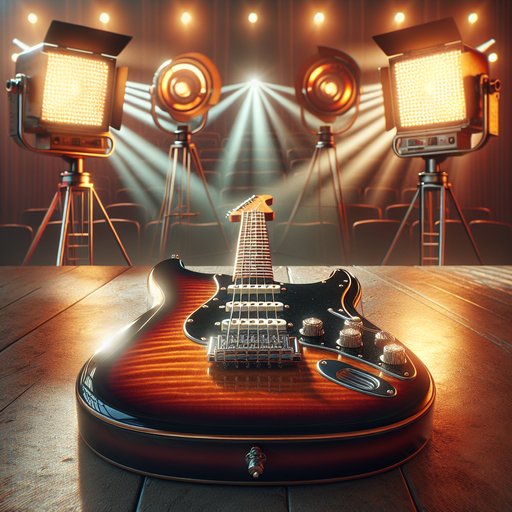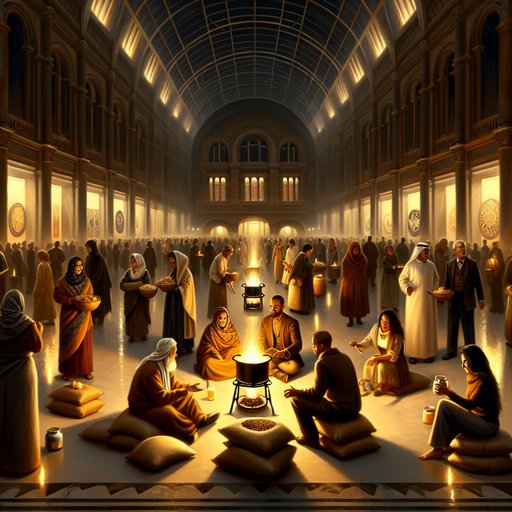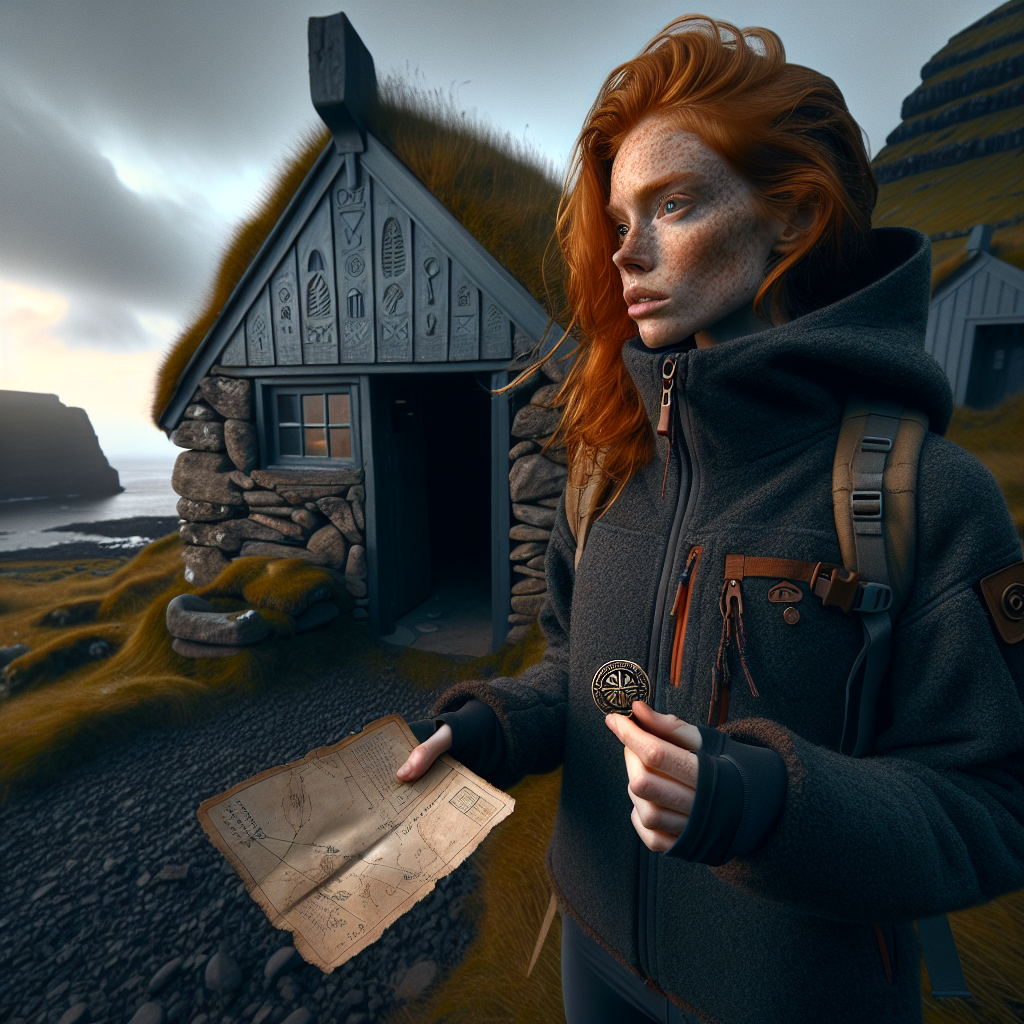
When Buddy Holly stepped under The Ed Sullivan Show’s lights in December 1957, cradling a sunburst Fender Stratocaster, a new American sound gained a national stage. His chiming, assertive tone, the crystalline snap of a three-pickup guitar, and an unpretentious presence combined to make rock ’n’ roll feel both accessible and unstoppable. The Stratocaster’s modern silhouette reflected postwar optimism, and Holly’s easy confidence suggested that a teenager with the right chords could speak to the whole country. What happened that night didn’t invent rock ’n’ roll, but it demonstrated how a mass democracy could carry a regional spark into millions of living rooms—and how institutions, audiences, and artists would immediately begin negotiating the boundaries of this noisy, democratic art.
Rock ’n’ roll’s rise is inseparable from the strengths and pitfalls of a democracy: open channels of communication, wide audiences, and powerful gatekeepers. Television and radio promised a national conversation, but they also filtered who could be heard and how they should sound. Buddy Holly’s Fender Stratocaster made the debate visible, its mass-produced, affordable design putting modern tone in ordinary hands. When he played to tens of millions on a Sunday night, the music’s exuberance tested what a mainstream public would accept.
The tug-of-war between youthful expression and broadcast caution became a case study in how a democracy negotiates taste, fear, and change in real time. The Fender Stratocaster arrived in 1954 as a practical solution to postwar dance-band volume and the needs of restless guitarists. Its bolt-on neck meant easy repair, its synchronized tremolo enabled pitch-bending effects, and its three single-coil pickups produced everything from glassy rhythm parts to cutting leads. Just as important, it was widely available and reasonably priced compared to archtop luxury.
In a country where prosperity was growing yet uneven, the Strat offered a first step from the garage to the stage. It made the electric guitar not a status symbol but a tool, aligning with democratic ideals of access and participation. Buddy Holly, raised in Lubbock, Texas, heard country, rhythm and blues, and gospel coexisting on the plains, a blend that suited the Strat’s versatility. Recording at Norman Petty’s studio in Clovis, New Mexico, he used that guitar’s bite and clarity to sharpen the hooks of “That’ll Be the Day” and the heartbeat pulse of “Peggy Sue.” The songs’ structures were simple, but the tone and phrasing—neck pickup shimmer, bridge pickup sting, tremolo warble—were modern.
You could see and hear the parts: the player, the guitar, the amplifier, all working together without mystery. It demystified success, suggesting that any teenager with patience and a few dollars might join the conversation. The defining performance came on The Ed Sullivan Show on December 1, 1957, a broadcast that carried Holly and the Crickets into households far beyond Texas dancehalls. On that big stage, the Stratocaster’s outline read like a logo of the new sound—sleek, efficient, forward-looking.
“That’ll Be the Day” unfolded with a confident snap, while “Peggy Sue” pulsed on Jerry Allison’s paradiddles, Holly’s right hand riding the strings with clean precision. It was not theater of scandal; it was discipline, timing, and melody, broadcast to a national family audience. The music crossed regions at the speed of a cathode ray, proof that rock ’n’ roll could flourish not only in clubs but in the most public room in America. What followed showed how institutions in a democracy calibrate their embrace of the new.
Subsequent TV bookings came with expectations about song choice, stagecraft, and volume—procedural limits that kept chaos at bay but risked sanding off the music’s edge. Radio programmers, too, balanced audience demand with sponsor caution. The same openness that allowed a Lubbock band to break nationally also empowered gatekeepers to funnel attention toward the safest bets. Rock ’n’ roll found itself both empowered and tamed, its momentum dependent on systems that could amplify or restrain it according to changing public sentiment.
That tension intensified around the era’s payola investigations, when congressional hearings in 1959–1960 put disc jockey influence under a spotlight. The stated aim was fairness, and the result did diminish some conflicts of interest. But the chilling effect pushed playlists toward conservative choices and favored major-label pipelines over independent scrappers like those who had first nurtured rock ’n’ roll. Holly, signed to Decca’s Coral/Brunswick apparatus yet recorded in a small-town studio, embodied the hybrid model at risk.
A democratic market was discovering that openness can narrow when fear of impropriety leads to centralized control—an unintended pitfall that mattered deeply to music born outside corporate boardrooms. Holly’s reach also reminds us how democracy’s promise expands through inclusion. In August 1957, he and the Crickets played Harlem’s Apollo Theater, initially booked amid assumptions sparked by their sound. They won over the crowd, a moment of cross-racial recognition that mirrored rock ’n’ roll’s roots in Black rhythm and blues and white country.
Touring on integrated bills, they confronted segregated venues and uneven welcomes, yet the songs cut across those lines. The Stratocaster’s bright, singing tone became a vehicle for a hybrid language that listeners could share regardless of background. That exchange—imperfect, contested, and real—helped the music outgrow the labels that once kept audiences apart. The aftershocks were global.
British teenagers watching transatlantic broadcasts and collecting American records caught the image of a Strat slung low and a songwriter who seemed like one of them. The Beatles’ very name nodded to the Crickets, and they would later cover Holly’s “Words of Love”; the Rolling Stones reimagined “Not Fade Away,” extending its life into a new decade. The instrument followed suit: Strats filled shop windows from London to Liverpool, symbols of a do-it-yourself pathway into public life. A televised performance had catalyzed civic participation of a different sort—the formation of thousands of bands, each a small assembly experimenting with voice, vote, and volume.
In retrospect, that Ed Sullivan appearance is less a single spark than a revealing mirror. It showed how a mass democracy can elevate a regional style, how institutions can both protect and constrict, and how a factory-made instrument can lower the threshold to artistic speech. The Stratocaster under Holly’s arm looked simple because it was; that simplicity was its power. It let melody and rhythm outrun doubt, even as the system around it fussed with limits.
The performance made clear that public taste, not edict, would decide the fate of rock ’n’ roll. Holly’s life was brief, but the image of his sunburst Fender and the sound he drew from it remain durable evidence that democratic culture thrives when access meets imagination. Broadcast studios, record labels, and regulators will always balance risk and reward, but a healthy public square leaves room for surprise. Rock ’n’ roll’s rise through Holly’s hands is a reminder: when ordinary tools meet open doors, new voices find their pitch.
The chord still rings—bright, concise, and inviting—every time a young player plugs in and discovers that a good song can travel farther than any gatekeeper expects.






































